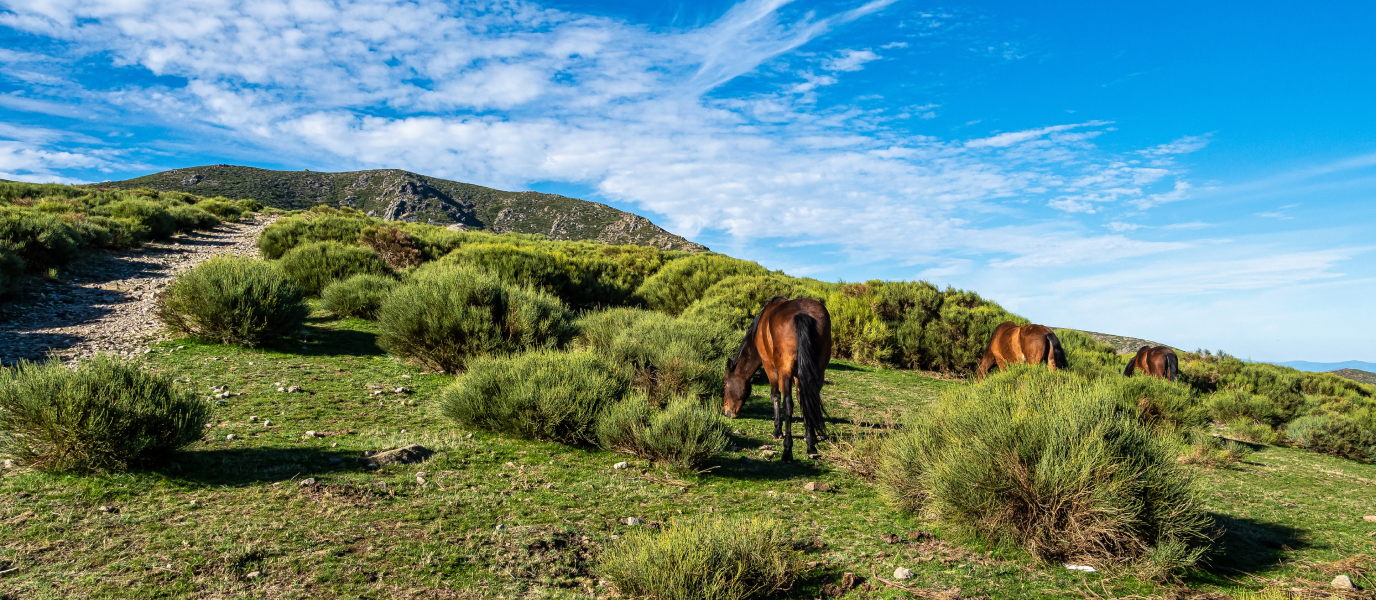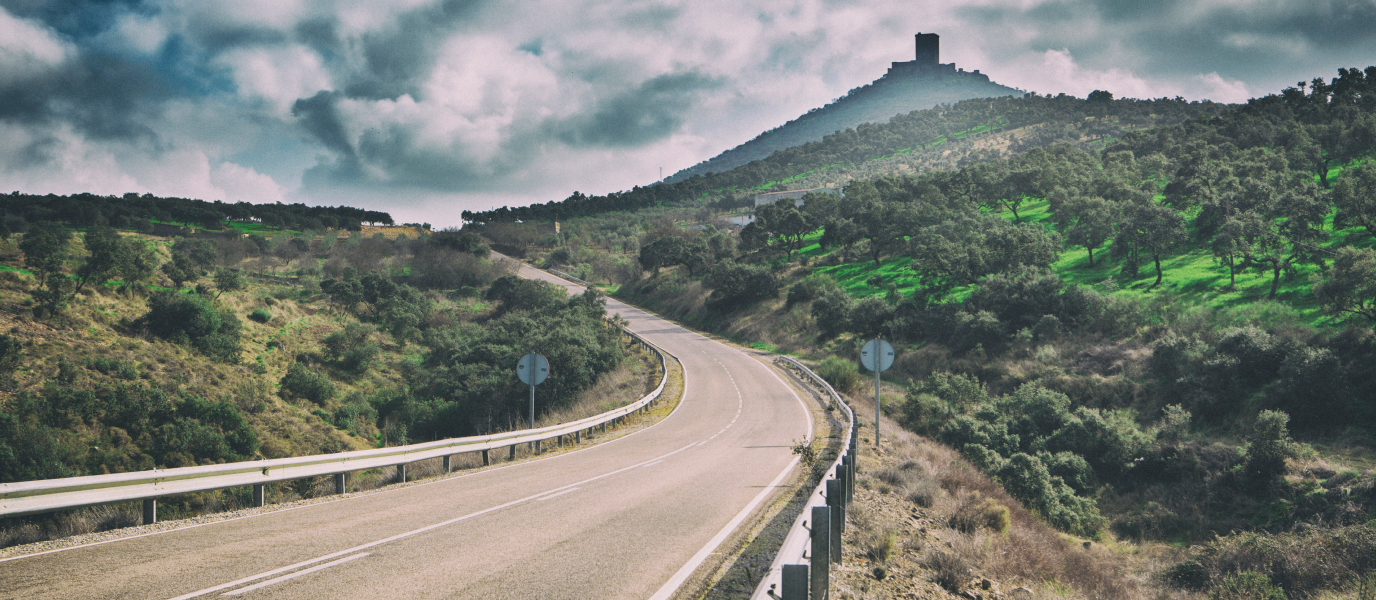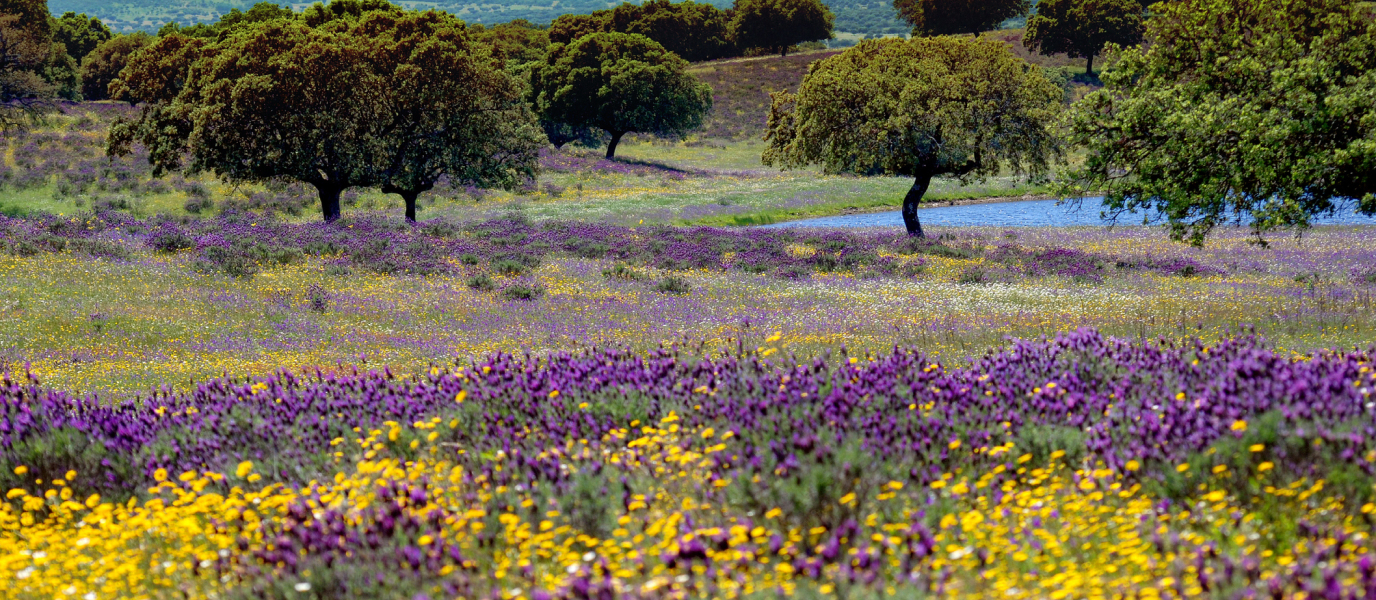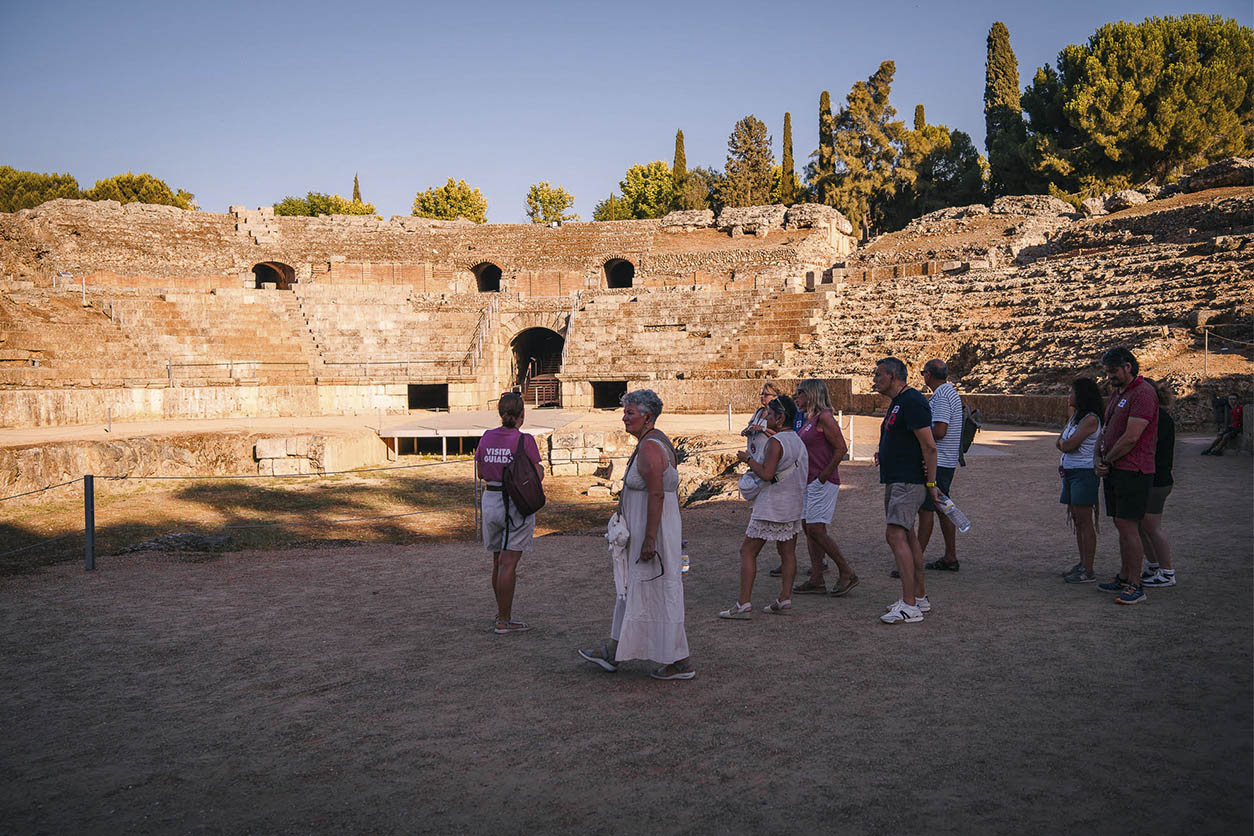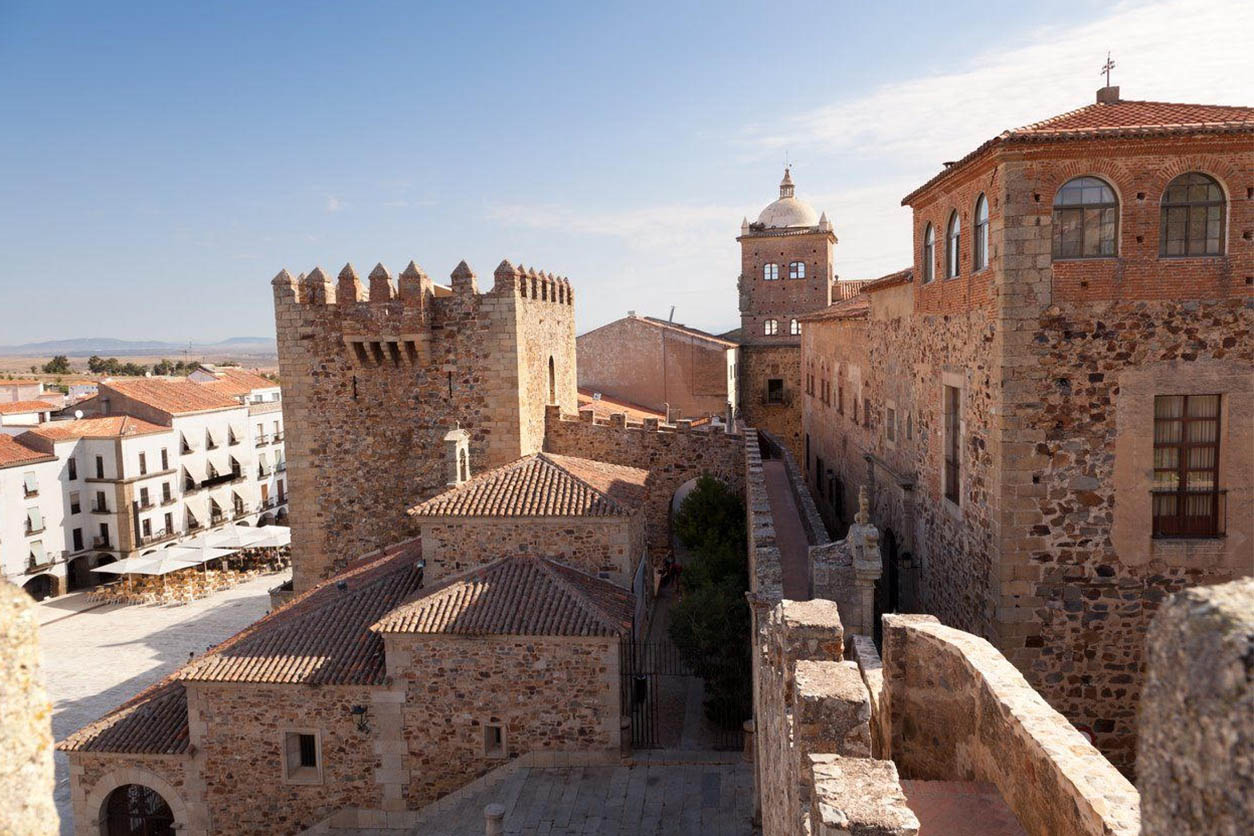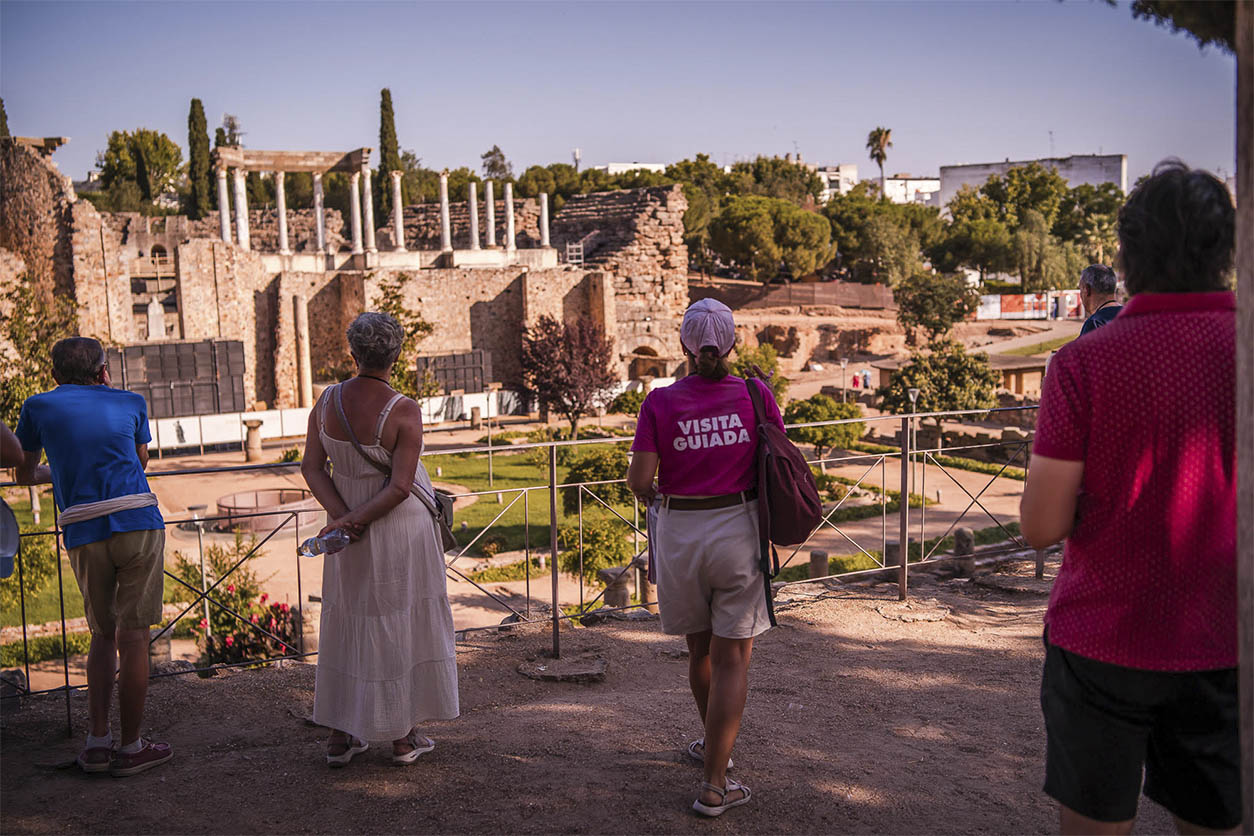With waterfalls, springs, cascades, brooks and streams, La Garganta de los Infiernos or Hell’s Gorge is the great source of water in Cáceres. This stunning nature reserve lies next to the Sierra de Tormantos and the Sierra de Gredos, in Valle del Jerte. The water from the reserve eventually flows into the River Jerte and along the way provides habitat for a diversity of flora and fauna.
The landscapes around the Garganta de los Infiernos are nothing short of spectacular. There are two particular zones worth mentioning: Los Pilones (link: Los Pilones), famous for the pothole formations called giant’s kettles, and the Chorrero de la Virgen, a huge waterfall best contemplated from the viewpoint of the same name.
Reserva Natural de la Garganta de los Infiernos: natural pools and the Jerte Valley
A giant’s kettle is a large rock pool created by the effect of river erosion, and there are plenty of them in this nature reserve. People flock here in the hot summer months to bathe in the cool waters of the pools, so don’t forget your swimsuit and sandals if you want to join them. Getting into the pools isn’t hard – just take care not to slip.
The Garganta de los Infiernos is a great year-round destination, whether for a refreshing dip in the pools in summer, to admire the high rivers in autumn and winter, or to contemplate the cherry blossoms in spring (link: cherry blossom). This annual floral extravaganza attracts visitors from across the world to the Jerte Valley.
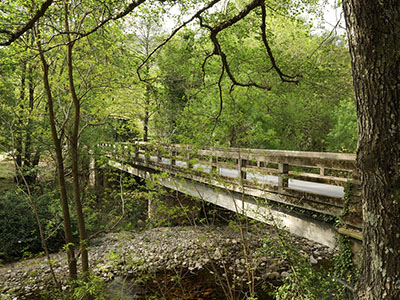
What to see in the Garganta de los Infiernos
The altitude of the Garganta de los Infiernos ranges between 300 and 2,290 metres and the plant life therefore varies from one zone to the next. The highest areas are the Cuerda de los Infiernillos (2,281 m) and the Cerro del Estecillos (2,290 m), both of them adjacent to the glacial valley called the Garganta de la Serrá. The variety of ecosystems in the reserve provide habitat for a diverse array of animal species. Watch out for kite, common buzzard, griffon vulture, Eurasian eagle-owl, golden eagle, short-toed snake eagle, peregrine falcon and northern goshawk. As for mammals, there are healthy number of wildcats, genet and Iberian ibex.
The reserve is populated with an abundance of oak, strawberry tree, chestnut and cherry. To learn more about the reserve, head to the interpretation centre next to the road that skirts the Jerte Valley (the N-110), roughly 3 km from Cabezuela del Valle. The centre is the starting point for well-signposted hiking routes through much of the nature reserve.
Hiking in the Garganta de los Infiernos
The main trail (link: hiking in Extremadura) is a 16-kilometre circular route signed with yellow and white markers. It takes around 6 hours to complete. The landscape along the way is stunning and you’ll discover the most significant plant and animal species in the reserve.
The trail also contains a second shorter route to Los Pilones (look out for green and white markers) which is a 6 k round trip back to the starting point. Pack some food to enjoy on the picnic tables if you’re doing the walk as a family (link: Cáceres with kids).
Stunning views
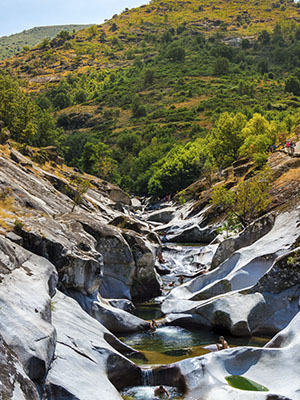
Before you get to Los Pilones you have the option of taking a detour to the Chorrero de la Virgen viewpoint, where the landscape really opens up.
There are several companies in the area offering tours in off-road vehicles. This is a great option if you prefer comfort and want to learn more about this 7,000-hectare nature reserve which is part of the Network of Protected Natural Spaces in Extremadura.
Fun facts
The zone has its own microclimate and an abundance of game species, fish and fruit. The Celts settled here with their livestock, and we know that in the year 218 BC there were forts and villages here. The settlers came into conflict with Hannibal, though he didn’t manage to conquer them. Years later, the Moors named the river Xerete, which means ‘crystalline waters’. In the 16th century, Emperor Charles V crossed what is now the nature reserve on his journey to the Monasterio de Yuste. He spent the night of 11 November 1556 in Tornavacas, where he dined on delicious trout from the River Jerte. His journey is commemorated by a trail called the Ruta de Carlos V.





































































